


Comprehensive Eye Exams for Clear Vision in Northwest Georgia
Many people don’t realize that the clarity of their vision can be closely linked to their overall health. At Professional Eye Associates, our skilled eye doctors can take an in-depth look at your vision to help determine how your eye health affects your overall quality of life.
The eye exams we provide go beyond basic vision screenings and can include:
- Visual Acuity Testing
- Refraction & Retinoscopy
- Slit-Lamp Examination
- Direct & Indirect Ophthalmoscopy
- Visual Field Testing
- Macular Optical Coherence Tomography
- Optic Nerve Optical Coherence Tomography
- Corneal Topography
- Optical Biometry
- Fundus Photography
- Corneal Endothelial Cell Density
- Ocular Ultrasound Diagnostics
With our comprehensive eye exams, we can diagnose and treat a wide range of eye conditions at all four of our locations and at our cutting-edge Surgery Center in Dalton. We also have Optical Centers for glasses and contact lens fittings at all four locations.
Our eye doctors and staff always pay great attention to detail when carrying out your vision exam to meet your unique needs. Schedule your exam today to take the first step toward protecting your vision and well-being.


Explore Our Range of Specialized Eye Exams
Beyond our comprehensive eye exams, we also offer several specialized exams, focusing on particular aspects of your vision related to specific health concerns and other eye care needs. Rest assured that your vision testing will be tailored to you. Our thorough and approachable staff will make sure you feel comfortable and confident in your vision care.
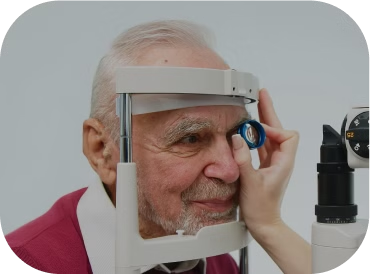

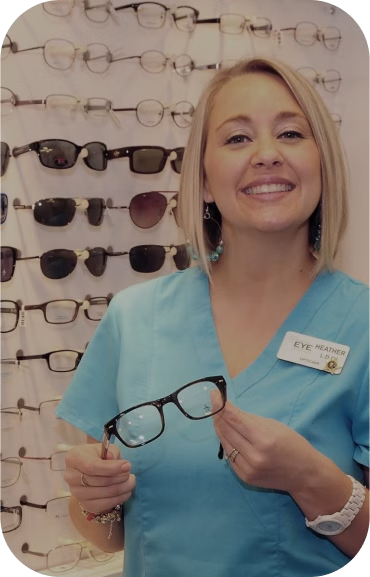


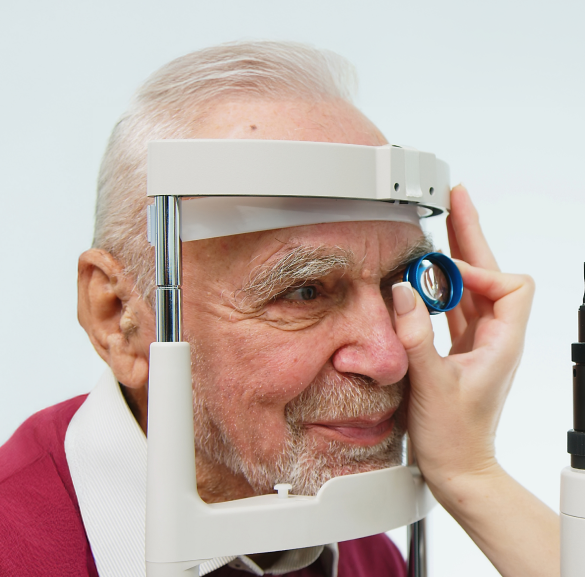
Diabetic Eye Exams
Annual diabetic eye exams are essential for the early detection of eye conditions linked to diabetes like diabetic retinopathy, macular edema, and glaucoma. Using advanced diagnostic tools, our skilled optometrists and ophthalmologists monitor your vision to help prevent complications and preserve your sight.

Pre & Post-Operative Exams
If you’re preparing for or recovering from eye surgery, such as cataract surgery or a blepharoplasty, our pre- and post-operative exams performed by our skilled doctors and surgeons will ensure your eyes are healthy and healing properly. We guide you through every step of the process, prioritizing your comfort and eye health.
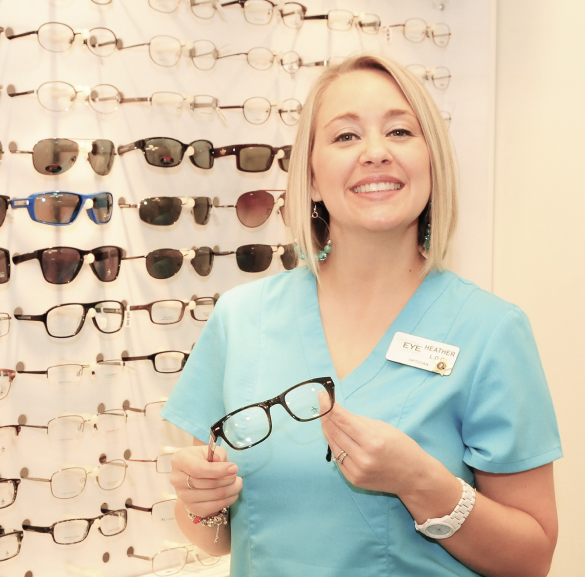
Contacts & Glasses Exams
Our exams for glasses and contact lenses focus on achieving a comfortable and accurate fit, even for specialty fit lenses. Whether you’re new to glasses or contacts, or need a fitting adjustment, we ensure your lenses will enhance both your vision and daily comfort.

Cataract Evaluations
Our cataract exams involve a thorough examination and assessment using advanced surgical solutions to achieve your best vision with the option of getting rid of your glasses and contact lenses. Our goal is to help restore clarity to your vision, improving your overall quality of life with tailored care plans and extensive surgical aftercare.

Urgent Eye Issues
For sudden vision changes, injuries, or infections, we offer immediate care and relief. Our compassionate team is ready to diagnose and address urgent eye health issues, safeguarding your sight when it matters most.
If you’re having an eye emergency that severely impairs your vision, contact our main office in Dalton at 706-226-2020, and we will see you as soon as possible. If you need immediate medical attention for a serious injury, please call or proceed to the nearest emergency department.
*Disclaimer* Patients may be dilated when examined.
Patients who have never been dilated or are uncomfortable driving while dilated, please make accommodations to arrive home safely
The Importance of Eye Exams for Older Adults
The American Academy of Ophthalmology (AAO) and American Optometric Association (AOA) recommends that healthy adults between the ages of 18 and 64 should get an eye exam every one to two years. For adults 65 and older, annual eye exams should become a priority to maintain vision and overall health.
Eye exams can detect changes in vision and catch conditions like macular degeneration, glaucoma, or diabetic retinopathy early—often before symptoms appear. For those with higher risks, such as individuals with diabetes, a family history of eye disease, or past eye injuries, more frequent exams are essential. At Professional Eye Associates, we prioritize early detection and tailored care to help preserve lifelong healthy vision.
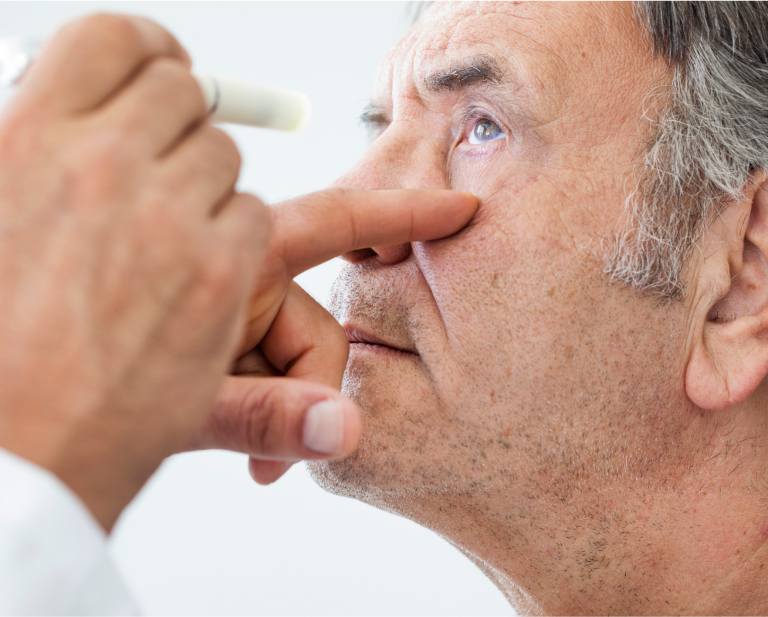
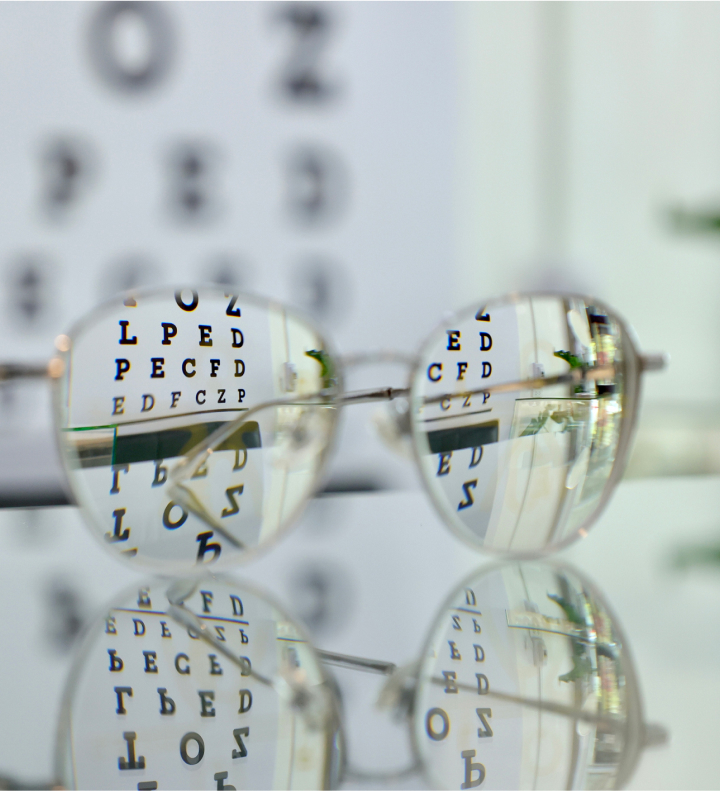

Protect Your Sight with a Comprehensive Eye Exam Today
We at Professional Eye Associates offer a diverse and complete range of eye exams to ensure that every aspect of your eye health is addressed with precision and care. From detecting early signs of disease to customizing vision correction, we are dedicated to safeguarding your sight.
We have been providing exemplary eye care to our Northwest Georgia communities since 1972, and with our state-of-the-art Surgery Center, we are proud to offer advanced surgical solutions. Our award-winning, board-certified eye doctors and highly-trained staff are ready to serve your every vision need with professionalism and compassion.
Schedule your appointment today and discover why we are THE eye care professionals and the first choice for expert eye care in the entire Northwest Georgia region and Chattanooga area.